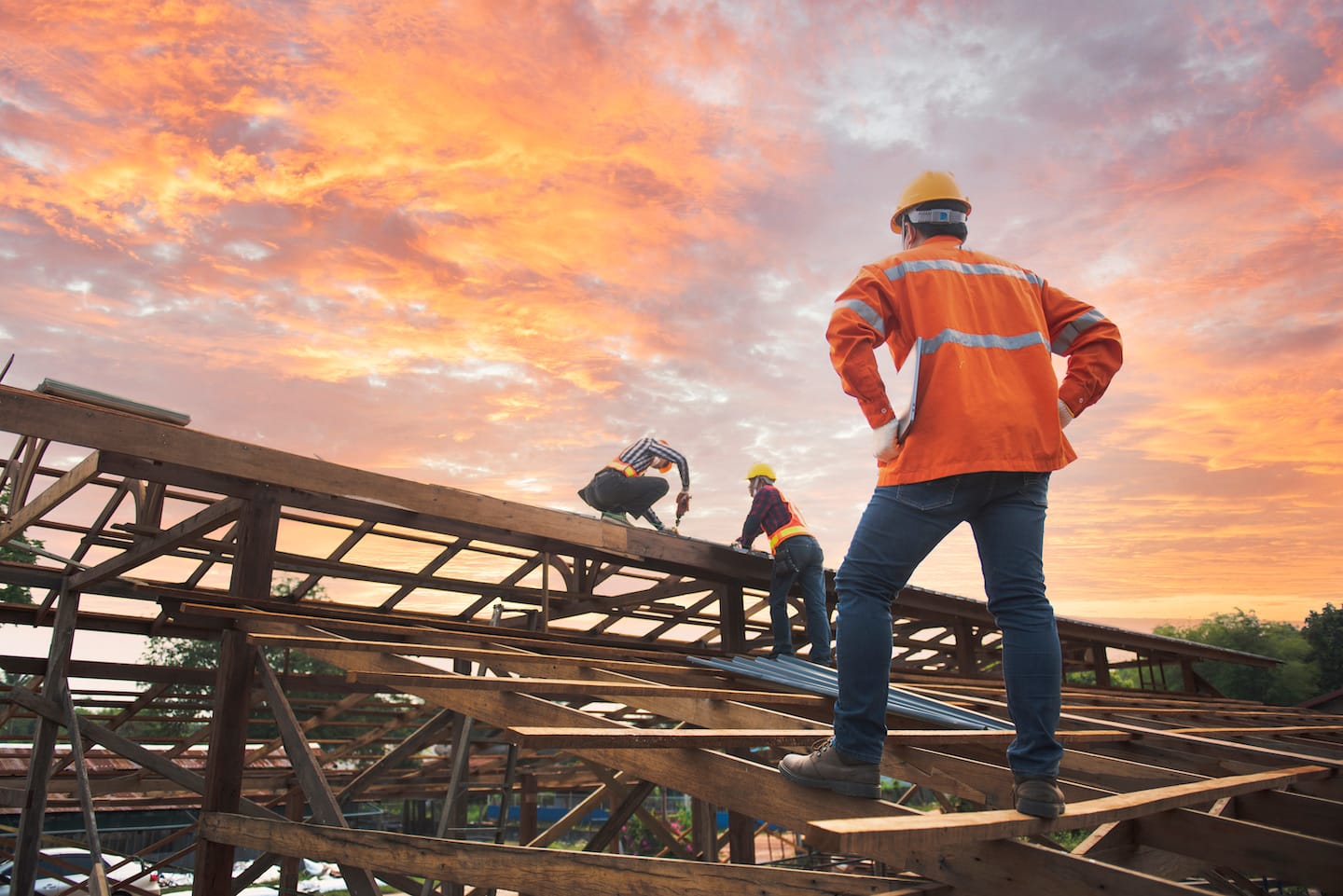All roofing contractors in the United States receive calls to solve different situations on their customers’ roofs. Rofeers must deal with many situations when working specifically with roof waterproofing to protect those roofs from the elements. Today, we would like to introduce you to the four most common problems they are called upon to solve:
1. STRUCTURAL MOVEMENTS
All buildings present structural movements of different intensity due to other causes, such as telluric movements or the composition of the land on which they are built. Tall buildings are also affected by hurricane-force winds, and exposed surfaces exhibit expansion and contraction movements due to thermal changes. All of these situations damage roof surfaces, causing cracks and tears, which cause leaks when it rains.
To avoid leaks, it is necessary to waterproof the roofs, using the most appropriate layer for the type of structure.
For any surface, it is convenient to use EDIL asphalt membranes with polyester non-woven reinforcement with a weight of 140 g/m². The weight of the reinforcement should be higher when there are expansion joints marked on the surface, indicating that the expected movement is strong, or when there are structural joints, indicating that the structures are separated because the composition of the ground where they are installed suggests that they will have significant movements. In these cases, covering the expansion joints with an asphalt membrane with the same reinforcement as our EDIL membrane with 180 g/m² polyester reinforcement is advisable.
2. ELEMENTS PROTRUDING FROM THE ROOF SURFACE
Any protruding roof element, such as scaffolding hooks, ventilation pipes, antennas, or drains, is a potential weak point for moisture to penetrate the concrete or building structure. To avoid this, the surface must be waterproofed entirely, including the bases of the protruding elements and any drains.
3. PONDING ON SURFACES
Ponding is a water stagnation problem that occurs when the roof surface does not have a good slope, i.e., the slopes are not directed towards the drainage. We can also see this problem when a deformation occurs on the surface.
4. PEDESTRIAN TRAFFIC AFTER INSTALLATION
Roofs waterproofed with asphalt membranes are not areas intended for permanent pedestrian traffic. Excessive pedestrian traffic warrants the presence of paths for people to walk on. Ideally, access to the building’s roof should be restricted, and if it is necessary to walk on it, the paths designed for pedestrian crossing should be used.
For all these problems or others presented to your contractors specialized in waterproofing services, they have EDIL solutions and products that will be your best allies in solving the situation. Call one of our Customer Service Analysts, and we will be happy to advise you and help you find the best answer to your customer’s call.


